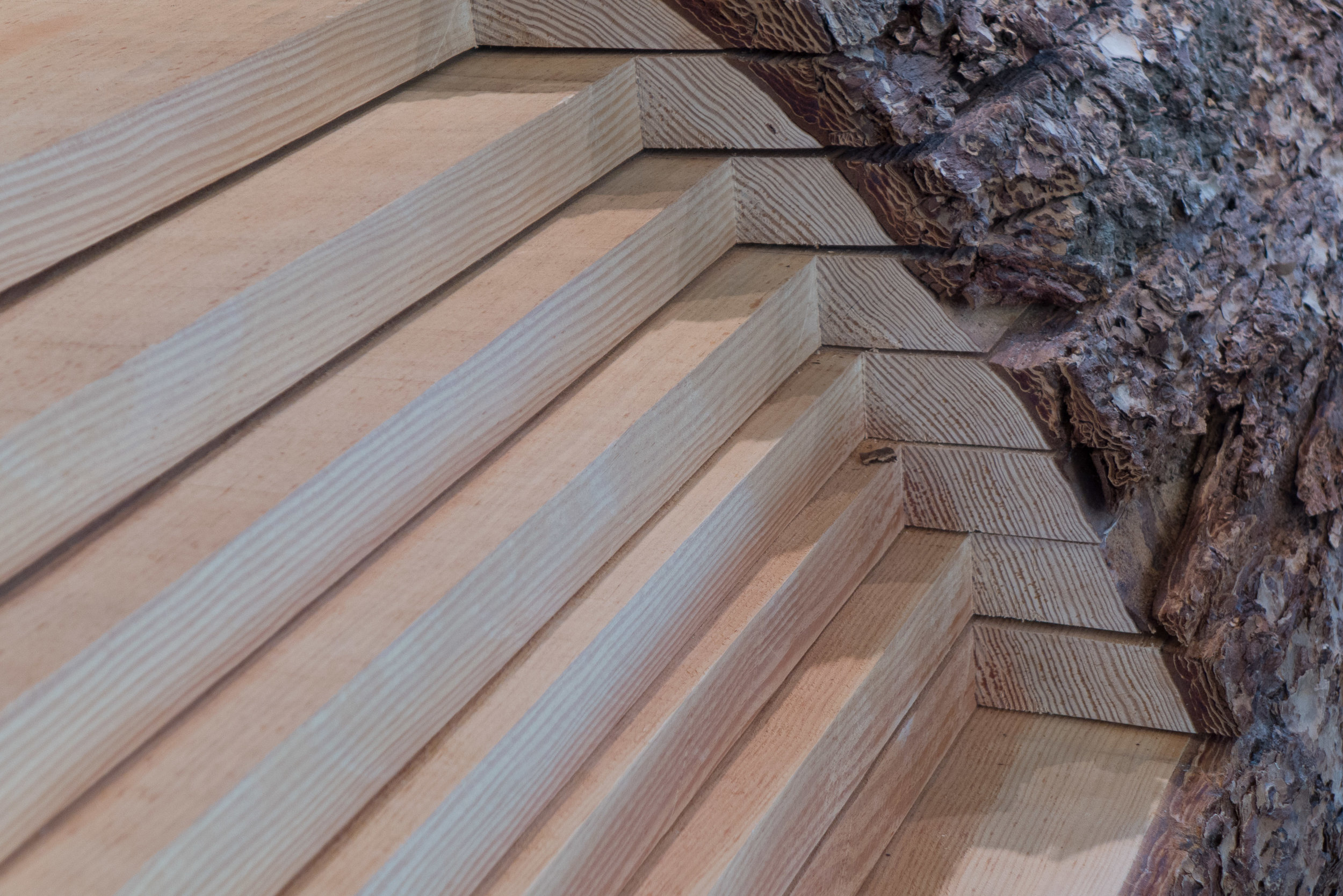The Viking Ship Hall in Roskilde
/There is growing controversy about the future of the Viking Museum in Roskilde.
The ship hall designed by Erik Christian Sørensen was completed in 1968 to house the remains of five Viking-age ships that were discovered and recovered from the Roskilde Fjord in the 1950s.
It is a stark concrete building - some would say brutal - but it provides a dramatic setting for the archaeological displays with a wall of glass that looks north out to the sea.
But there are serious problems with the concrete - with water damage and iron reinforcements too close to the surface - and, because the necessary repairs would be prohibitively expensive, permission has been given, with some reluctance, for the building to be demolished even though it was given protection status in 1998.
Now, a European conservation group has listed the Ship Hall as one of the top 100 modern concrete buildings in Europe and it is not clear quite what the museum and the government agency responsible for historic buildings - Slots og Kulturstyrelsen - will do now.












































